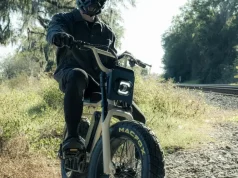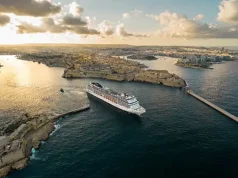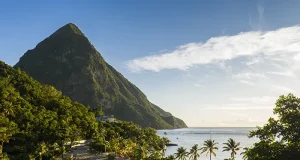
Most travels are unforgettable experiences that inspire and motivate us. That’s why it’s natural that many people want to keep as much of them as possible in memory by turning them into stunning videos.
It doesn’t matter whether you want to become a travel videographer and learn how to start a travel vlog, or just want to keep your exciting memories in a video format. Creating cinematic stories is always a good idea.
But how can you do it and what are the most important things that you have to think about?
Things to Keep in Mind While Creating Travel Videos
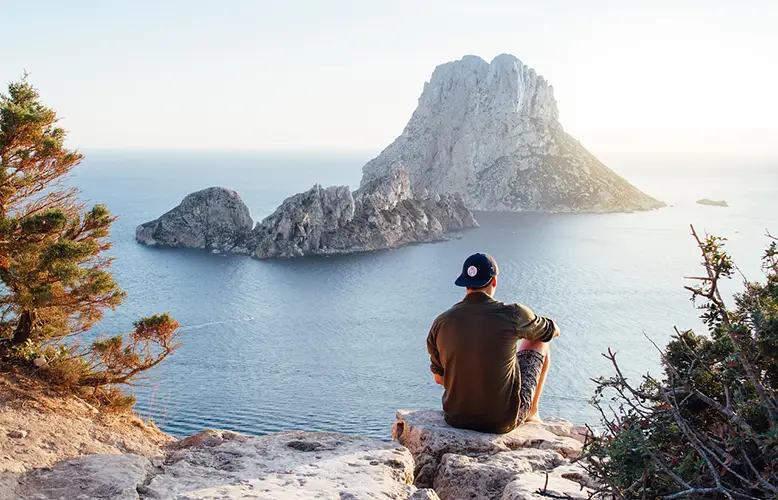
Before diving into how to make a travel video, there are a few things we’d like to discuss.
Decide on a Story
Travel videos are transforming tourism, and your story, if planned carefully, can be part of it, too.
It doesn’t have to be something extravagant, don’t worry. Just choose a format that interests you and stick with it.
It can be exploring a new city, hiking a scenic trail, or capturing and sharing experiences from other cultures. Decide on the narrative beforehand, and it’ll make the process of video creation much easier.
Choose Good Equipment
The thing about travel videos that fascinates viewers the most is their indescribable beauty. And you can’t get an awesome picture without proper equipment.
Of course, smartphone cameras are evolving each year and some of them allow users to record FHD or even UHD footage. However, it’s a good idea to invest in a professional camera. Consider choices like a DSLR, mirrorless camera, or action camera, depending on your shooting style.
And don’t forget to bring along accessories like tripods, gimbals, and extra lenses to make your shooting process smoother and quality better.
Plan Your Route and Shots
Researching and planning your route isn’t always a must, since every travel has its outstanding moments. However, it might significantly improve the final look of your video. And, which is also important, save you lots of time.
Knowing where to go, the best times and places to shoot, and any weather conditions can make or break a shoot.
Think About Data Storage
Traveling often means shooting lots of photos and video clips, so bring enough memory cards or portable hard drives to back up your footage. HD footage might take a lot of storage space, so it can’t hurt.
Moreover, many filmmakers recommend cloud storage as an additional safety measure.
Research Editing Tools and Software
It’s highly likely that you won’t have to think about editing before you come back from your trip and start thinking about posting the video. However, it’s always nice to know what tools and features a video editor of your choice provides.
It might give you some shot ideas. For example, if you know that your editing software has the motion tracking feature, you can record footage of certain objects in a way that will allow you to attach text or other elements to them later.
Moreover, if it’s easy for you to lose inspiration, thinking about editing tools in advance will help you solve this issue. You won’t have to spend time researching video editors after the trip, and you’ll be able to spend this time editing and being creative.
If you’re struggling with software choice, you can find great suggestions on Movavi.com or other sites featuring tops of programs.
Travel Video Production: 5-Step Guide
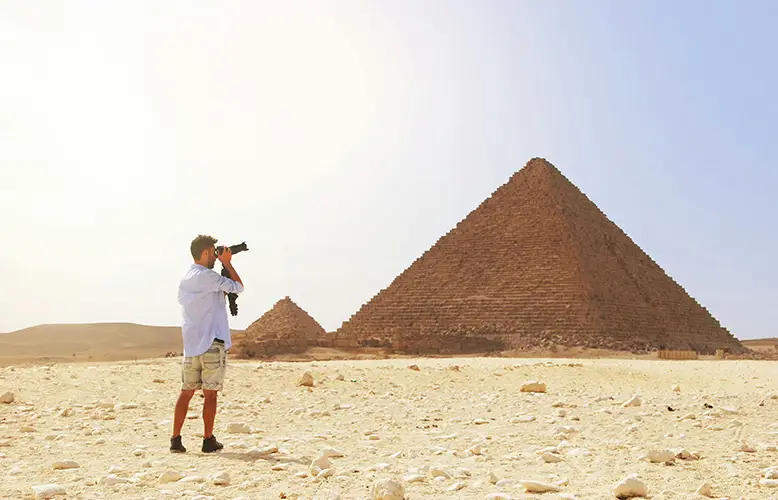
And now, finally, the best part. Let’s discuss how to make travel videos.
Step 1: Set Up Your Camera
Experiment with various camera settings, make a couple of test videos. Adjust the frame rate and resolution to capture smooth, high-definition footage, typically 1080p or 4K for best results.
Set exposure and white balance for consistent lighting, and remember to shoot in manual mode if you’re comfortable with it. This gives you more control over the final look of your footage, especially when you adjust it later in post-production.
Step 2: Capture B-Roll Footage
B-roll footage is the additional footage that helps set the scene and give context to the story. Think of it as the background or cutaway shots that enhance the flow of your travel video.
Capture moments like locals walking through the market, street vendors preparing food, or close-ups of unique architecture. This footage will significantly improve the vibe of your video and give you more watch time if you’re planning to share it on social media.
Step 3: Pay Attention to Lighting
Natural light is your best friend when it comes to travel videos. Shooting during the “golden hour,” just after sunrise or before sunset, adds a cinematic touch to your footage.
Avoid shooting in harsh midday light, as it can create unflattering shadows. If you’re filming indoors or at night, consider using small LED lights or the flashlight on your smartphone to add some extra illumination.
Step 4: Edit Your Video
If you want your travel video to turn into a cinematic story, raw footage is rarely enough. Video editing provides dozens of tools that can transform your video into a stunning masterpiece.
Begin with a rough cut, arrange scenes in a logical order, then start getting creative. Add text and titles, transitions, effects, and extra elements. All of that will improve the video tremendously. Just be careful and don’t overdo it.
Color correction is another thing you have to keep in mind. Some video editing tools have color correction presets to simplify the process.
Adding music and sounds is also important, since they set the vibe of the video. Choose music that complements the visuals — upbeat music for adventurous scenes or soft tunes for serene landscapes.
If you aren’t planning to use the video for commercial purposes, you can choose any music you want. Just keep in mind that some platforms might block videos for certain countries if there’s copyrighted music in them.
And if you want to avoid using copyrighted music, you can always check out royalty-free music libraries.
Step 4: Export
Once you’re happy with your edit, export the video.
Most social media platforms, including YouTube and Instagram, recommend a resolution of 1080p or higher and the MP4 format. Many editing software provide templates for particular devices or platforms, which will save you from the headache of figuring everything out by yourself.
Keep in mind the file size, as larger files can be harder to upload and might need additional compression.
Step 5: Publish and Promote
Now that your video is complete, it’s time to publish and promote it.
Share it on social media platforms and travel forums, and don’t forget to engage with your audience by replying to comments.
Encourage viewers to share, comment, and follow your travel vlog for more updates. A successful travel video is not only about visuals, but also about connecting with your viewers and inspiring them to explore.
Another crucial thing is SEO. Optimize your video description, title, and tags to make it easily discoverable.
The Bottom Line
Making travel videos is both a creative and technical process. With the right planning and approach, you can create cinematic stories that can make your audience feel like they’re traveling with you.
Choose the best equipment, research your destination point and think your trip through, capture all the necessary footage, add some visual beauty during the editing process, and it’s done.
Creating appealing travel content is an incredible way to remember and share your experiences, bringing the excitement of tourism to viewers around the world.



